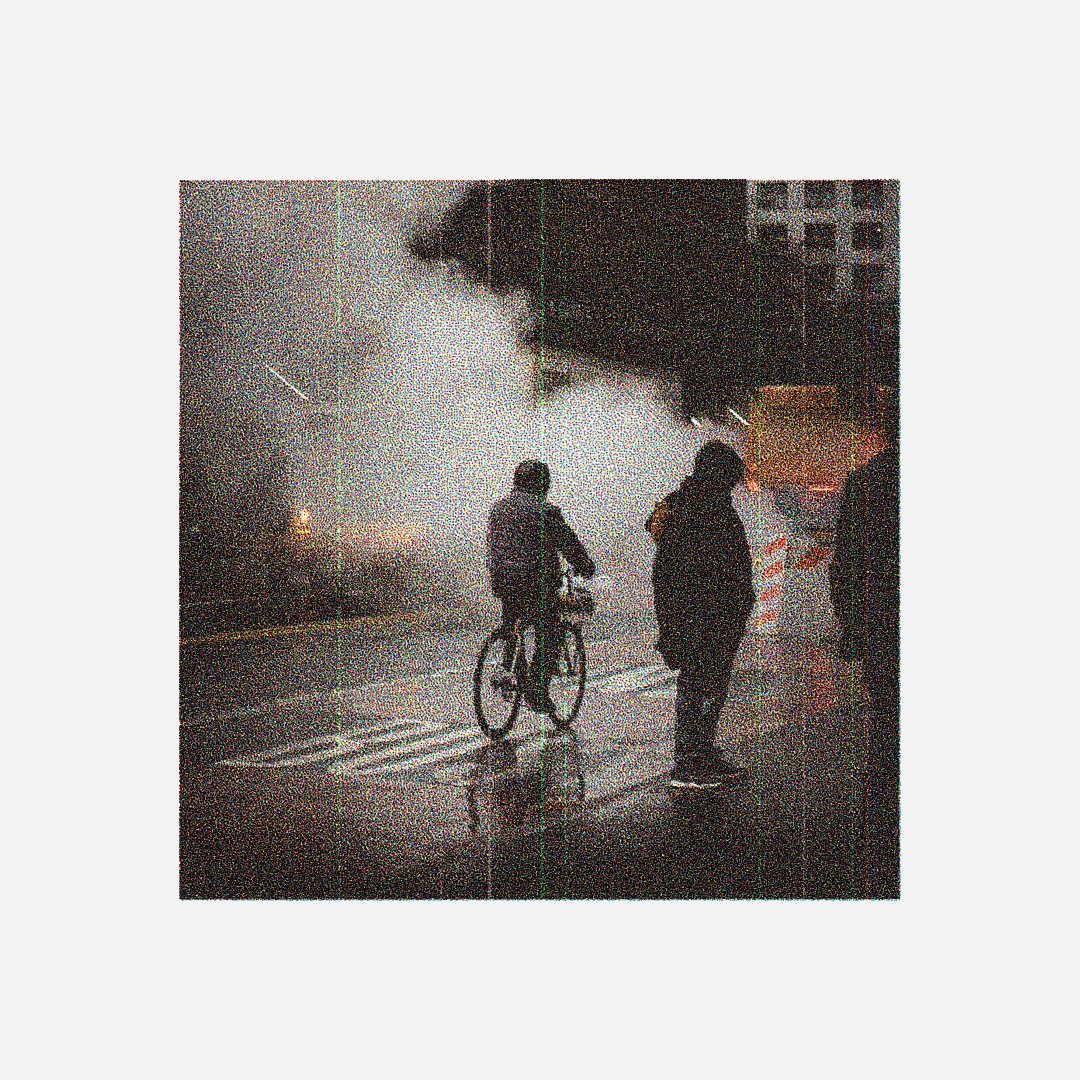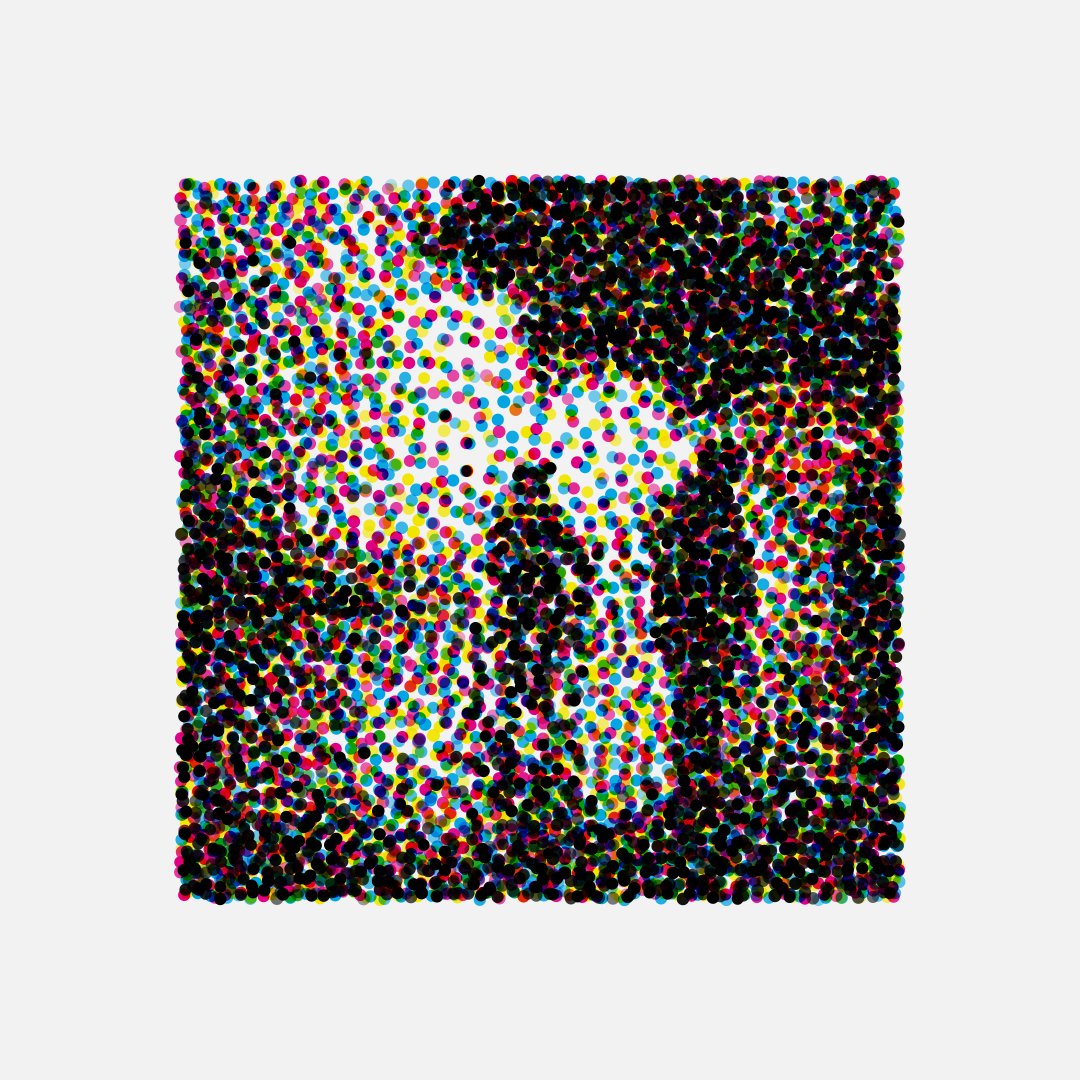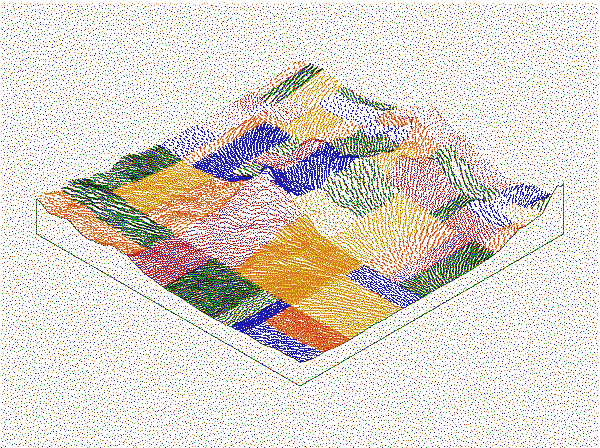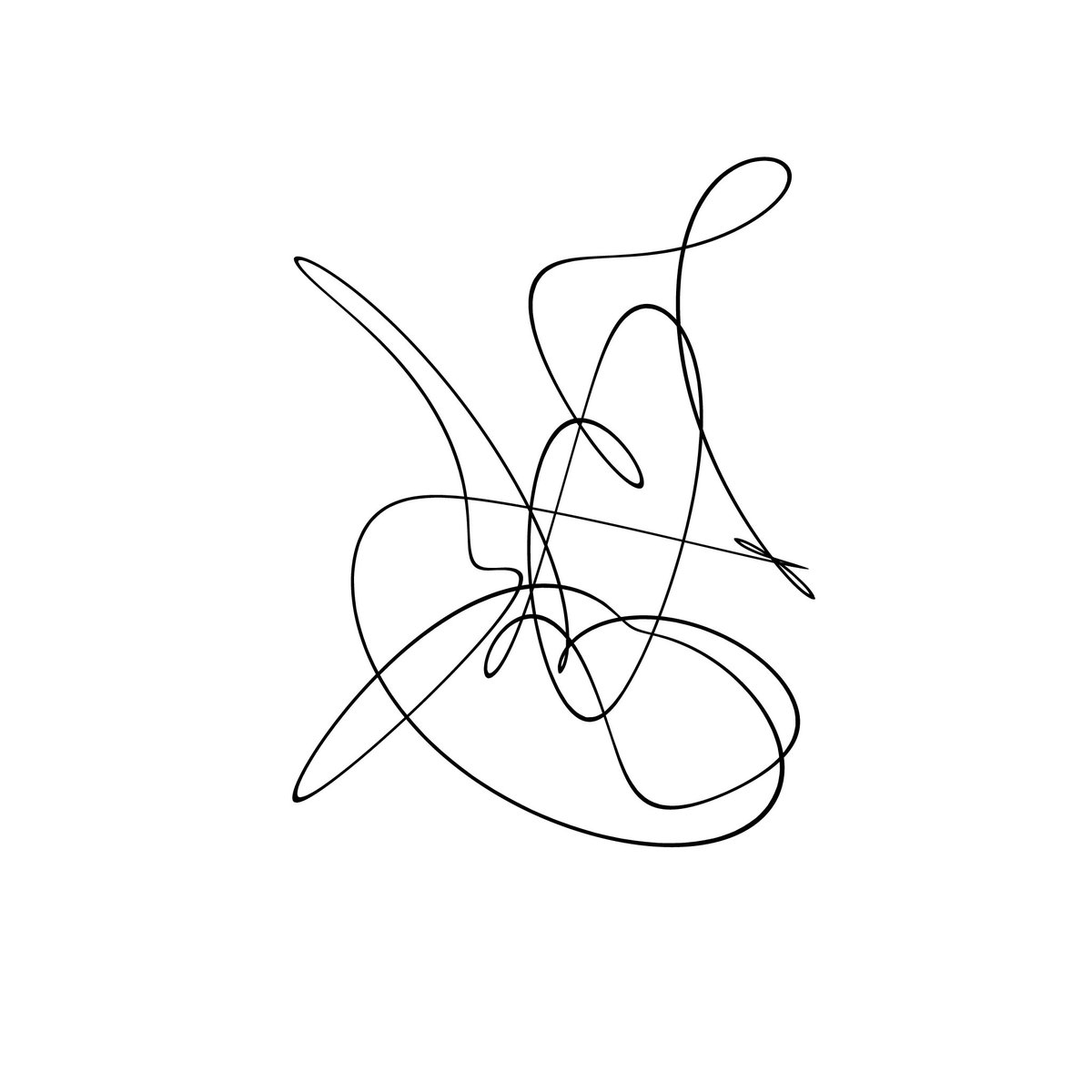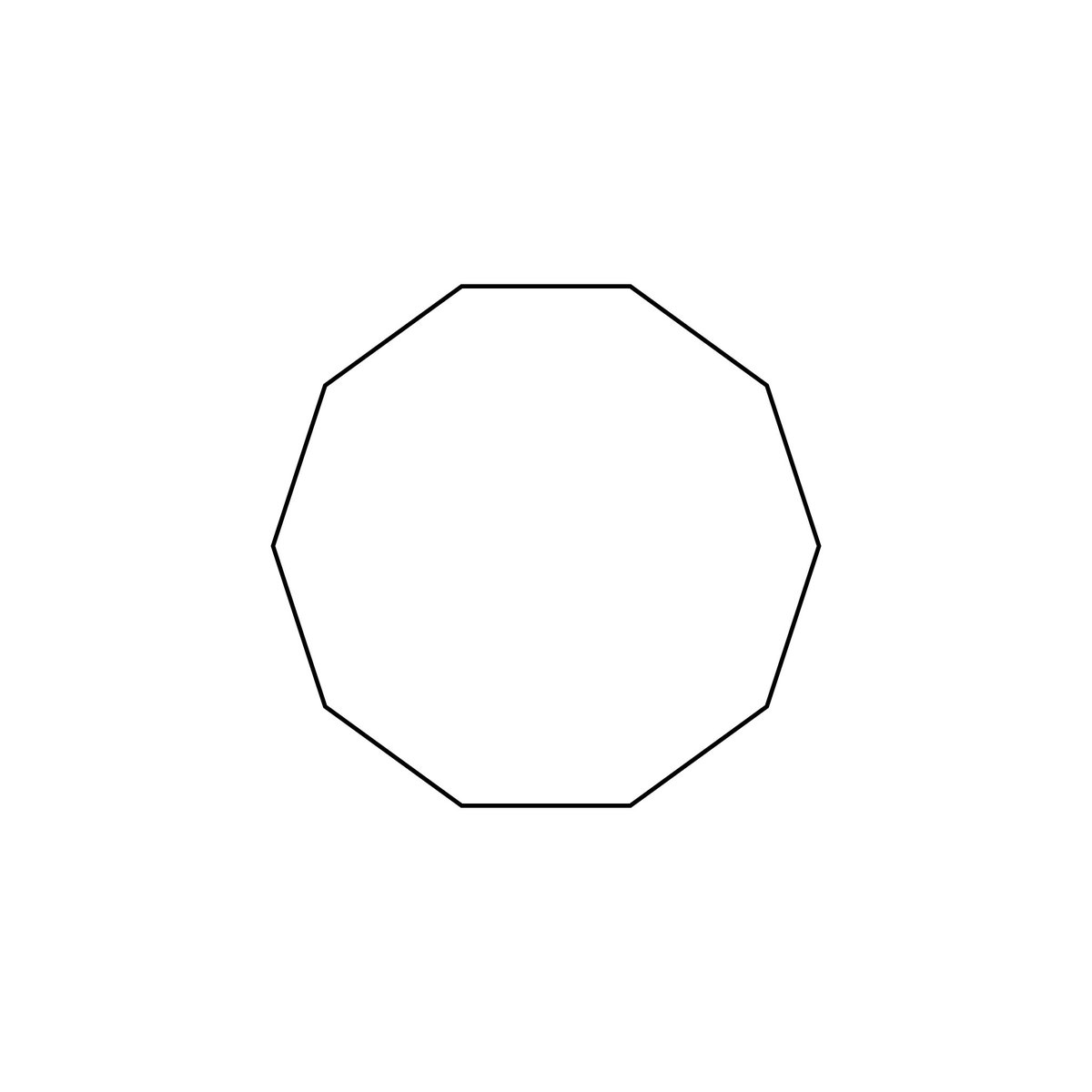
Digital reconstruction with dithered CMYK plates.
The algorithm seems to evoke feelings of nostalgia.
📷 by bantersnaps → unsplash.com/photos/1GUwkry…
#javascript #computationalphotography
The algorithm seems to evoke feelings of nostalgia.
📷 by bantersnaps → unsplash.com/photos/1GUwkry…
#javascript #computationalphotography
📷 by Matej Sefcik →
unsplash.com/photos/ThQqXin…
unsplash.com/photos/ThQqXin…
• • •
Missing some Tweet in this thread? You can try to
force a refresh

